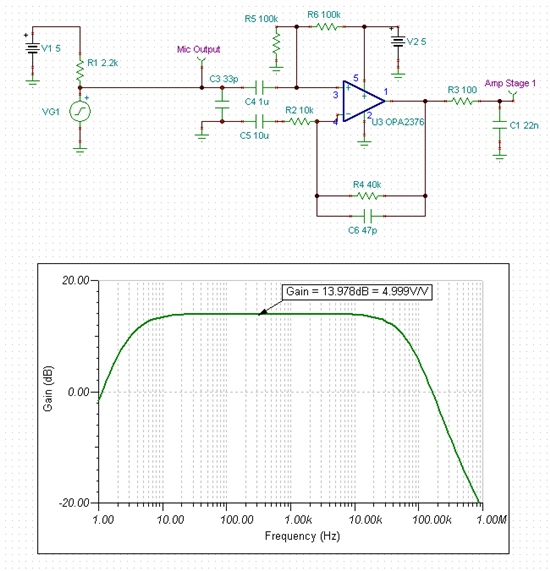Hi,
I have a Geophone which is giving min output 10mV and max 1V after observing on DSO.
Before giving it to an ADC I want to amplify the sensor output so that max output remains
under 5v and has enough gain and noise free output to an ADC. I'm not able to understand
how to start building the circuit. May anyone give me some starting tips on same?
Will using LM358 work?






